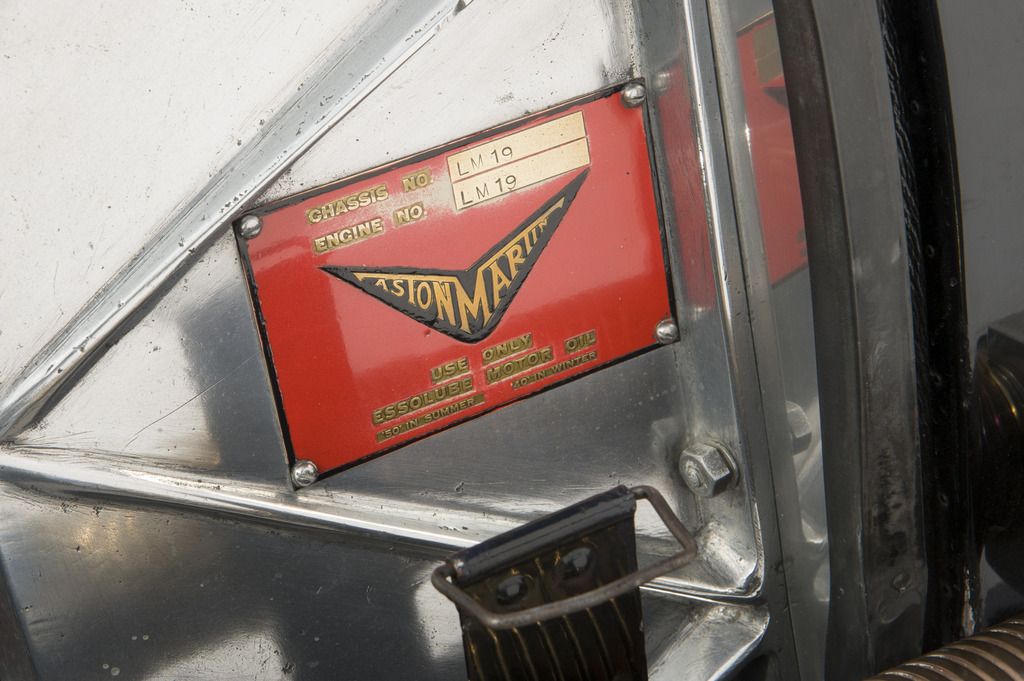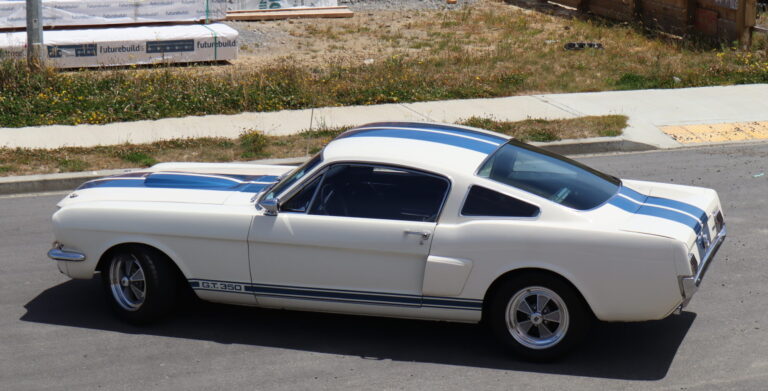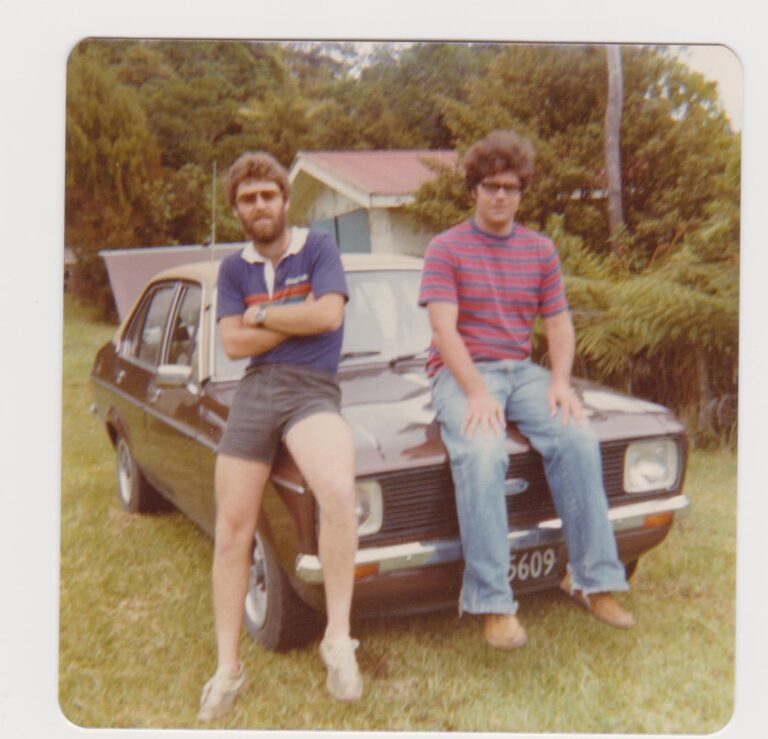As with most of the world’s prestigious auto manufacturers, Aston Martin had a factory-works team building cars to compete in the annual Le Mans 24-hour race. Aston Martin’s LM-series of cars were individually numbered from LM1 to LM23 — the first two of these took part in the 1928 Le Mans. The Aston Martin works team’s development of the LM cars began to ramp up over the following seven years, and by 1935, the team produced four special LM-series cars, widely regarded as amongst the best pre-war sports cars.
Three of these cars — LM18, LM19, and LM20 — were built to race in the gruelling Le Mans 24-hour Grand Prix d’Endurance, where they would perform admirably. Thomas Fothringham drove LM19 hard and at the head of the pack, before crashing after nine hours. LM20, however, would finish third overall, and claim the Biennial Cup for Aston Martin.

LM19 would go on to be rebuilt by the works team, and raced by Charlie Martin at the Ards public-road circuit in Northern Ireland. Though the fastest amongst the works cars, faulty piping resulted in low oil pressure, and LM19 — and the rest of the works cars — retired to the pits.
The next year, in 1936, LM19 was sent to compete in the legendary thousand-mile Mille Miglia road race in Italy. The car once again performed well, driven by Tom Clarke and Maurice Falkner, and by Rome, LM19 was an hour and a half ahead of the next competitor in class. Unfortunately, a valve-train issue saw the end once more to what should have been a standout victory.

After its racing career, LM19 was taken in and maintained by the same family since 1969. It is in exemplary condition — valued at an estimated estimated £1,600,000–2,200,000 — and is now to be auctioned at Bonhams Festival of Speed Sale in June where, fittingly, it will be taking star honours.


